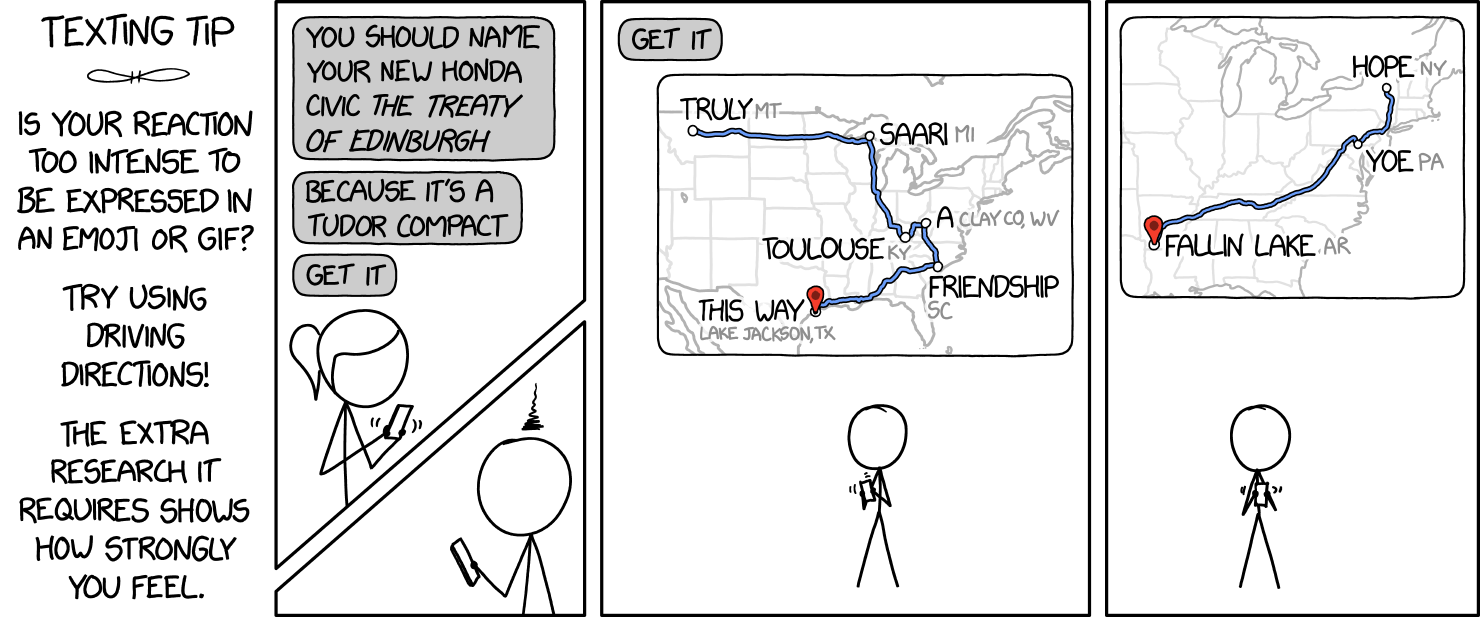Drag-sensitive Sequential Wave Imprinting Machines - 23rd annual WaterHCI DECONference
I had the chance to put together something small and interesting for WaterHCI DECONference, a conference all about water and electronics, centering especially around AR/VR tech that elevate the underwater experience as opposed to becoming a sopping-wet Oculus-brand paperweight.
Flashback to a couple months earlier, where I threw together a small visualizer for motor waveforms to test out a 3-phase commutation algorithm for a reaction wheel. This visualizer was near and dear to my heart, based on the motor Sequential Wave Imprinting Machine (SWIM) out of MannLab that I had gotten to build on in some of my academic work. Given its lengthy name it can be explained in almost less space: just a light, modulated by the voltage or current energizing the motor. The light spins with the motor, and since over short times the motor waveforms are steady, your eye sees a stationary radial wave showing the motor's performance against true angle, and how it is affected by its environment.



